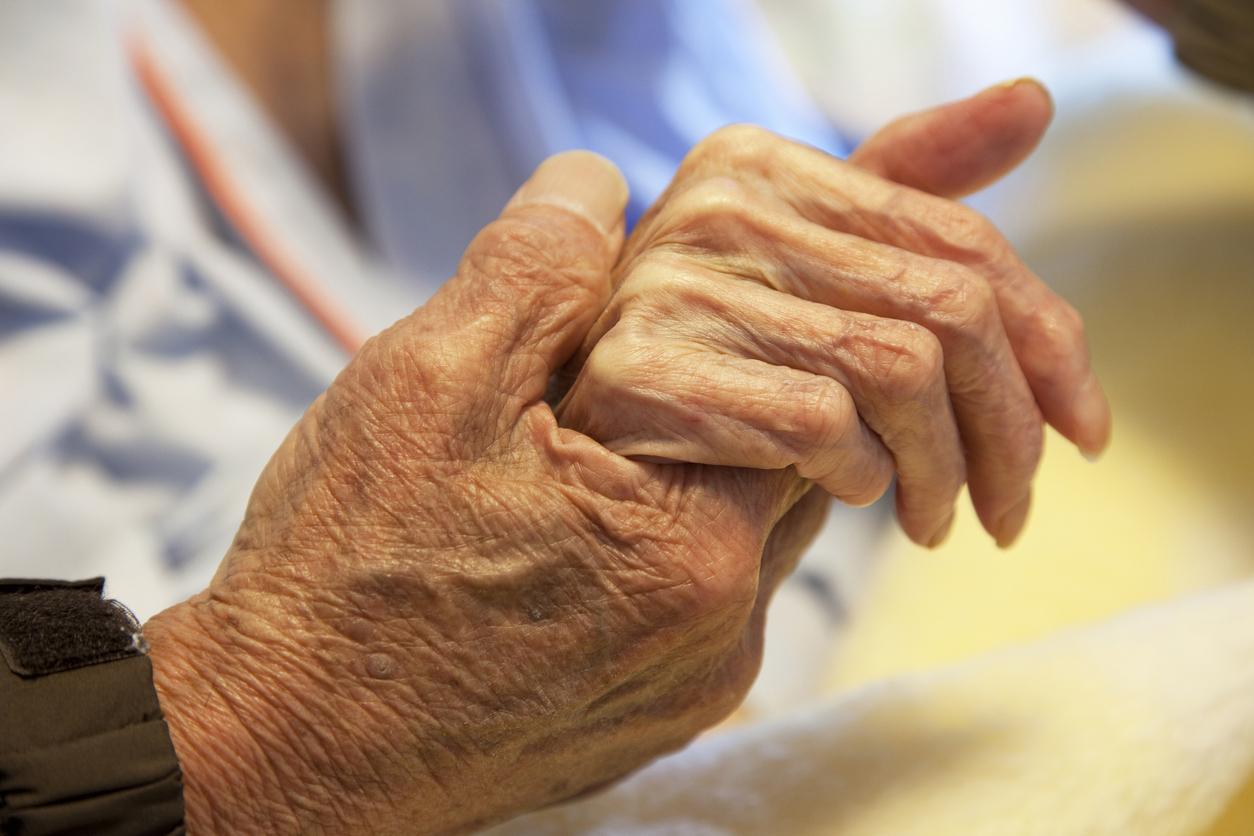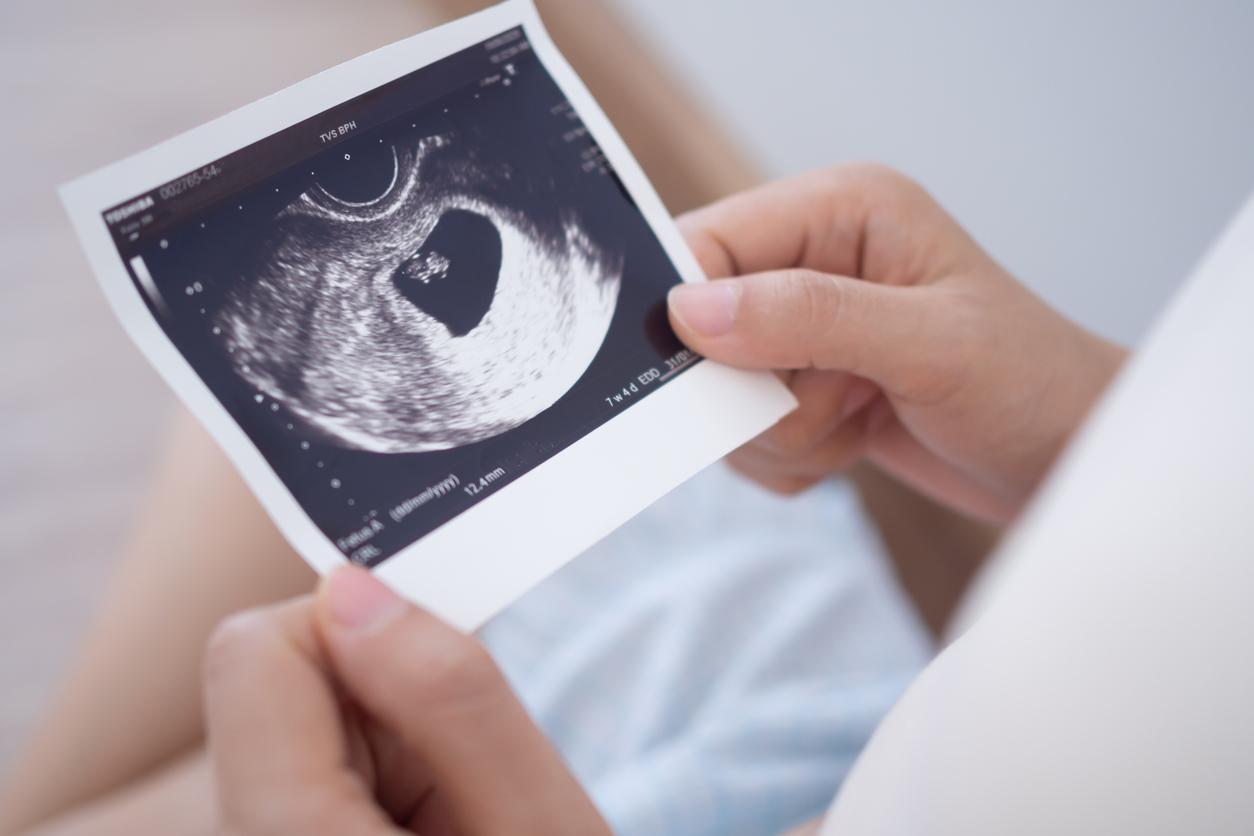How do survivors of a terrorist attack live? To answer this, a researcher calculated their “healthy years lost”.

Faced with the horror of terrorist attacks, the media tends to focus mainly on the death toll. However, these heinous acts generally cause four times more injuries, who survive, but badly, just like those around them. It is this reality that researcher Daniel G. Arce wanted to quantify, by measuring the number of “lost years in good health” among surviving victims.
“By studying terrorism from the point of view of the wounded, we come to better understand the devastating impact of the attacks on the survivors”, explains the scientist in a study. “This information can help us determine the most effective way to spend our limited resources to fight terrorism,” he adds.
12,628 healthy years lost
Between 1970 and 2016, 8,338 people lost their lives following an attack, and 10,785 were injured on average each year. We are talking here about the Oklahoma City bombing in 1995, the massacre in Norway in 2011 and the repeated attacks on vehicles in Israel. After examining the types of attacks (bomb, shooting, truck, etc.) and injuries, 12,628 years of healthy life would have been lost each year due to terrorism. For example, researchers have estimated that someone with profound hearing loss lives 77% of their optimal health, while someone with major depressive disorder lives only 35%.
Nine types of terrorist attacks were considered: confined space bombings, open space bombings, suicide attacks, vehicle bombings, structural collapses caused by , fires caused by attacks, mass shootings, attacks that combine shooting and explosions or even attacks perpetrated inside a vehicle.
“The injury profile data collected here can better prepare emergency rooms for the types of injuries likely to be admitted immediately after a given type of terrorist attack.” For example, suicide bombings account for 16.86% of deaths from the nine types of attacks analyzed here, and 22.53% of injuries. Shootings/explosions combined account for 15.47% of deaths and 9.5% of injuries, etc.
“Wounds of War”
Injuries which vary according to the mode of operation, but which are often similar to “war injuries”, as was the case for the victims of the Paris attacks. “We talk about war surgery because the bullet or shrapnel will cause so-called multi-tissue lesions. There is of course the skin, the muscles, the tendons, the nerves, the arteries and we are exactly in this situation”, testified at the time one of the surgeons of the Lariboisière hospital (Paris), on condition of anonymity. “A number of patients have been discharged or will be discharged from the operating theater without perfect repair of all their structures because we cannot or because it is not the right time. Most of the injured had been crossed by bullets, it was horrible,” he said.
During the attacks in Nice, “the majority of the victims presented tearing of limbs, crushing, compression and mutilation”, recalls Matthieu Durand, urological surgeon at the Pasteur hospital in Nice. Post-traumatic stress, depression, anxiety… The psychological impact of the attacks is also extremely extensive, in terms of symptoms as well as in terms of their duration.

.

















